Are you looking to adopt cloud-based solutions and your suppliers are pushing to move from an on-premise based solution, to adopt their Software as a Service (SaaS), whereby software delivery and licensing is accessed online via a subscription?
The intent of this article is to help you identify the right solution, by providing key points to consider prior to making a decision.
The key difference is that on-premise solutions host and support the system on your servers in your Data Centres and you have the responsibility to manage all infrastructure which includes patching and updates for hardware and software.
Whereas, for a SaaS based solution, you do not host the application or manage the environment, it is all the SaaS providers responsibility. However, this may not be appropriate for all types of systems, for example, you would need to assess the risk and appropriateness of using SaaS solutions for any business critical data or mission critical systems, as you are reliant on the availability, which can be out of your control with SaaS solutions.
In our view some of the key advantages of SaaS are:
- Simple operational model.
- No need to set up the infrastructure to host or manage.
- Can be useful for organisations that prefer an Opex model rather than Capex, as there is no upfront licence payment.
- Lower cost of entry – An On-Premise deployment typically takes longer and costs more.
- Reduced time to benefit – SaaS is usually quicker to deploy.
- Pay as you go – This can be a benefit if usage is managed.
- The SaaS vendor is responsible for upgrades, availability, patching and security.
- Integration and scalability – Significantly easier to scale upwards and downwards without additional/or stranded costs.
- Accessibility – All you need is access to the web, enabling you to access your solutions on your device anywhere in the world.
Some disadvantages of SaaS based on our experience:
- Control is with the supplier around availability and problem resolution.
- Typically, the SLAs are standard and may not be fit for purpose.
- Data Security – Your ability to manage and monitor activity is not as strong as on-premise and may require additional cloud monitoring tooling.
- Access Management – The privacy of sensitive information needs to be a major consideration.
- Integration with existing applications can be more difficult if they are on-premise.
- Connectivity requirement – The SaaS model is based on web delivery, if your internet service fails, you will lose access to your software and data.
- Performance – SaaS may run at slower speeds than on-premise client or server applications.
- You never own the licences, you are in effect leasing them and depending on the application roadmap, it could be a more expensive option, or you could have a vendor lock in situation.
- You need to ensure you are not locked into the agreement and have the ability to remove your data and ensure all of your data is deleted from their systems.
If you would like further information or help with selecting the best option for your organisation, please contact us at info@cio-office.com.





